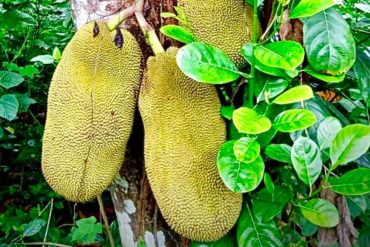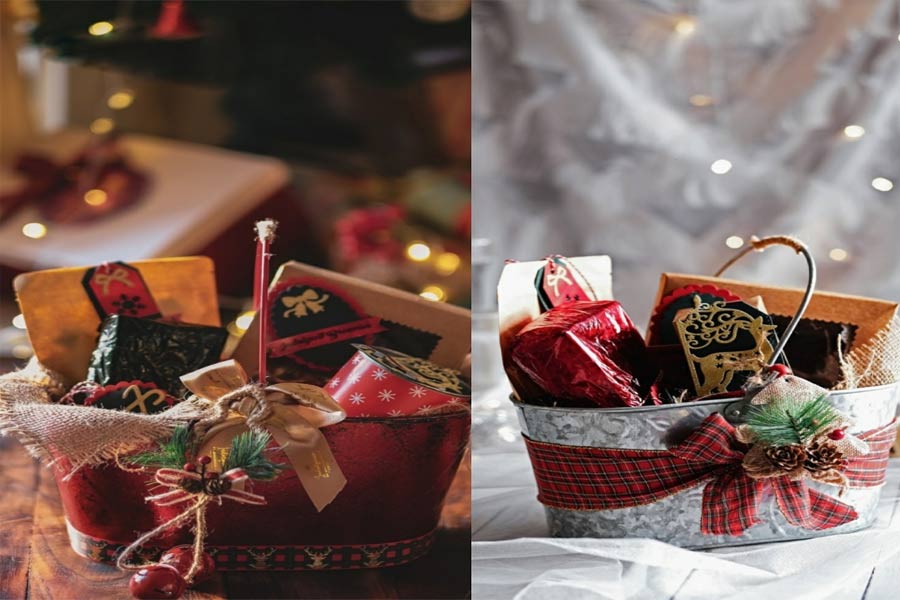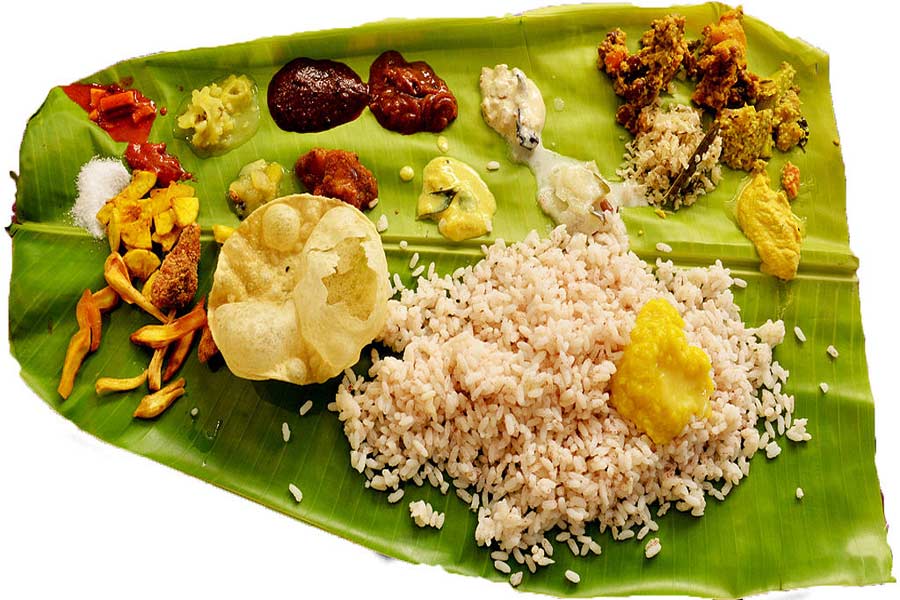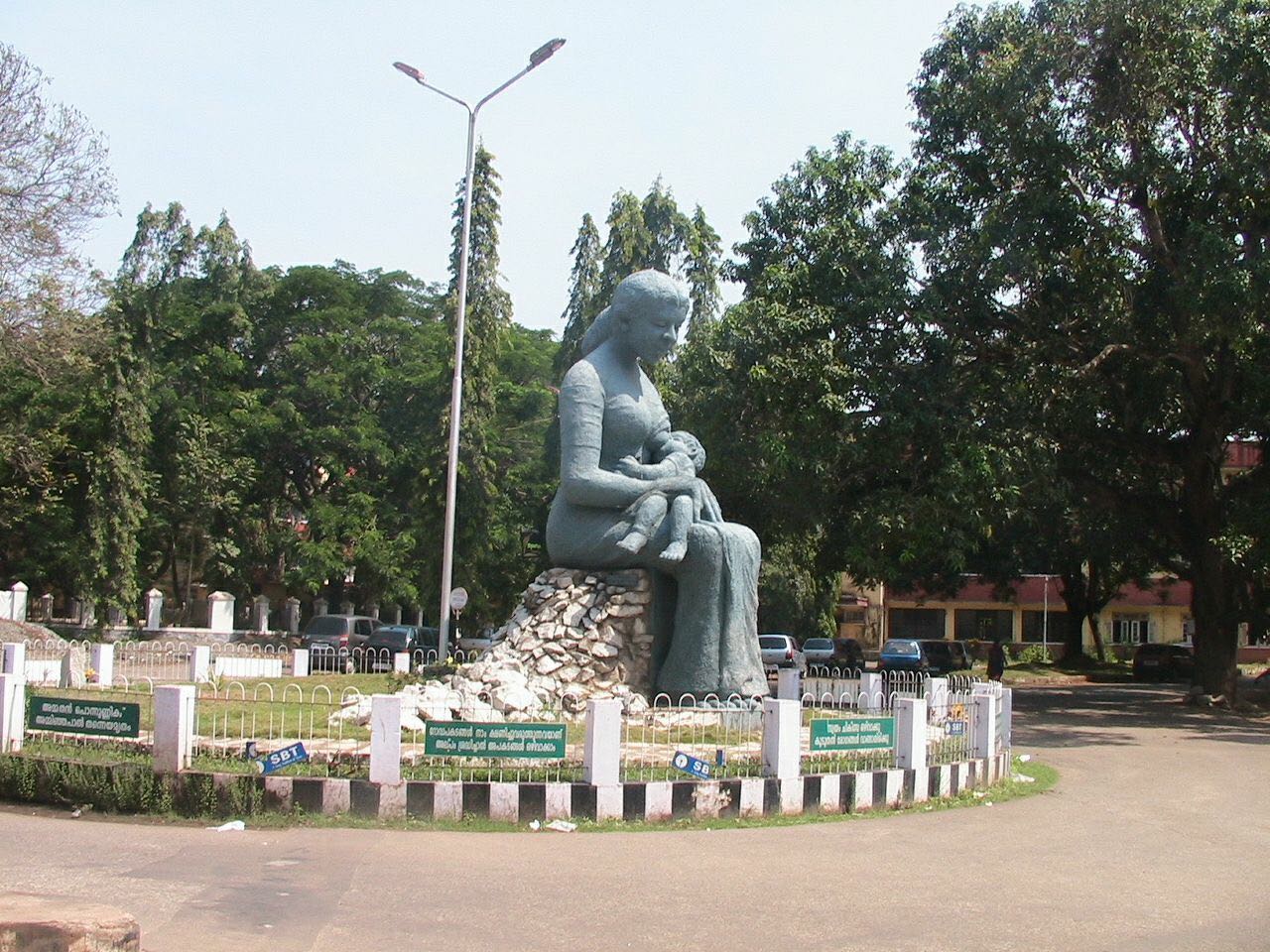The parippu curry was to die for: Roasted lentils, ground coconut, green chillies and a hint of jeera—the proportion had to be exact and the ingredients mixed just so to give it that special flavor—and a dollop of home-made ghee on top of it, with pappadams on standby to be crushed and mixed. Beneath it lay a mound of steaming rice slow-cooked on wood fire. And the rice itself was served on freshly-cut and washed banana leaves from the backyard.
Vegetarian fare that was a rarity in our home, like many a Syrian Christian family in Central Kerala. Yes, there was the Easter Holy Week but those were reluctant meals instead of the eagerly-awaited ones on Onam day.That there was an art to how it is served is something that never crossed our minds as kids. We were busy with the excitement of having food on banana leaves sitting cross-legged on the floor.
The tongue of the leaf has to be on your left, and the dishes would start from there. There was no stinginess with regard to upperi and sharkkara varatti; we were free to have as much of those as we wanted. Next to it would be the cheru pazham, followed by mango and lime curry; the luscious erissery made from a mishmash of pumpkin, red beans and grated coconut; the humble pulissery, the sweet and sour kaalan; the pineapple pachadi; the confluence of koottu curry; the lip smacking inji curry; almost all the vegetables coming together for avial; the kichadi, and a cabbage thoran were the usual suspects. Olan made an appearance now and then. And rice—always the red, kuthari variety. And, at least two varieties of payasams rounding it off.
As in serving, relishing each dish was an art and also a science by itself. You were supposed to have everything in its order, starting from the left of the leaf, giving each delicacy the respect it deserved. If the first batch of rice was appetizing with the parippu, ghee and pappadam combination, the next rounds to fill the tummy. The paayasam gave off its intended flavor only when mixed with left overs on the leaf, deftly swiped and licked off the fingers. From a glass, it would lay insipid on tongue.
As we grew, spread our wings and built our own nests, the sadya slowly turned into a ritual. The dishes reduced in number and then increased again as the whole feast itself was sourced from renowned caterers. The taste still filled the mouths but there was a price to pay.
The camaraderie that surrounded it was retained to a large extent by Onam celebrations in offices. Then came the next generation that said: “If I was Mahabali, I would have come back and ordered people to have chicken on Onam day.” That reminded me of my friend from Alleppey who got married and moved to Kannur. On the first Onam post her wedding, off she went all decked up in a traditional Kerala saree to a friend’s place and sat in front of the banana leaf with bated breath. A strange aroma wafted out of the huge serving dish carried by the woman of the house. She almost fainted at the sight of chicken biryani on her leaf.
Two years in the northern parts of Kerala taught me that nothing is sacrosanct in food, even the Onam sadya. Tradition is what you have grown up with, what your taste buds are used to. If for people in Kozhikode it is roasted chicken as one of the twenty plus dishes on the sadya leaf, it could be a fleshy piece of aikkoora fry for our brethren in Kannur. I have also heard that fish curry is served as part of the sadya along with other vegetarian dishes in some parts of South Kerala.
At the end of the day, it is not just the dishes that fill us with longing and nostalgia, I guess. It is that feeling of being together, having a meal with your loved ones around, ample servings of your favorite dishes again and again, wiping your banana leaves clean, and licking your fingers in abandon that makes the sadya what it is. That feeling of being at home echoed by a belch that comes from deep within your soul.







